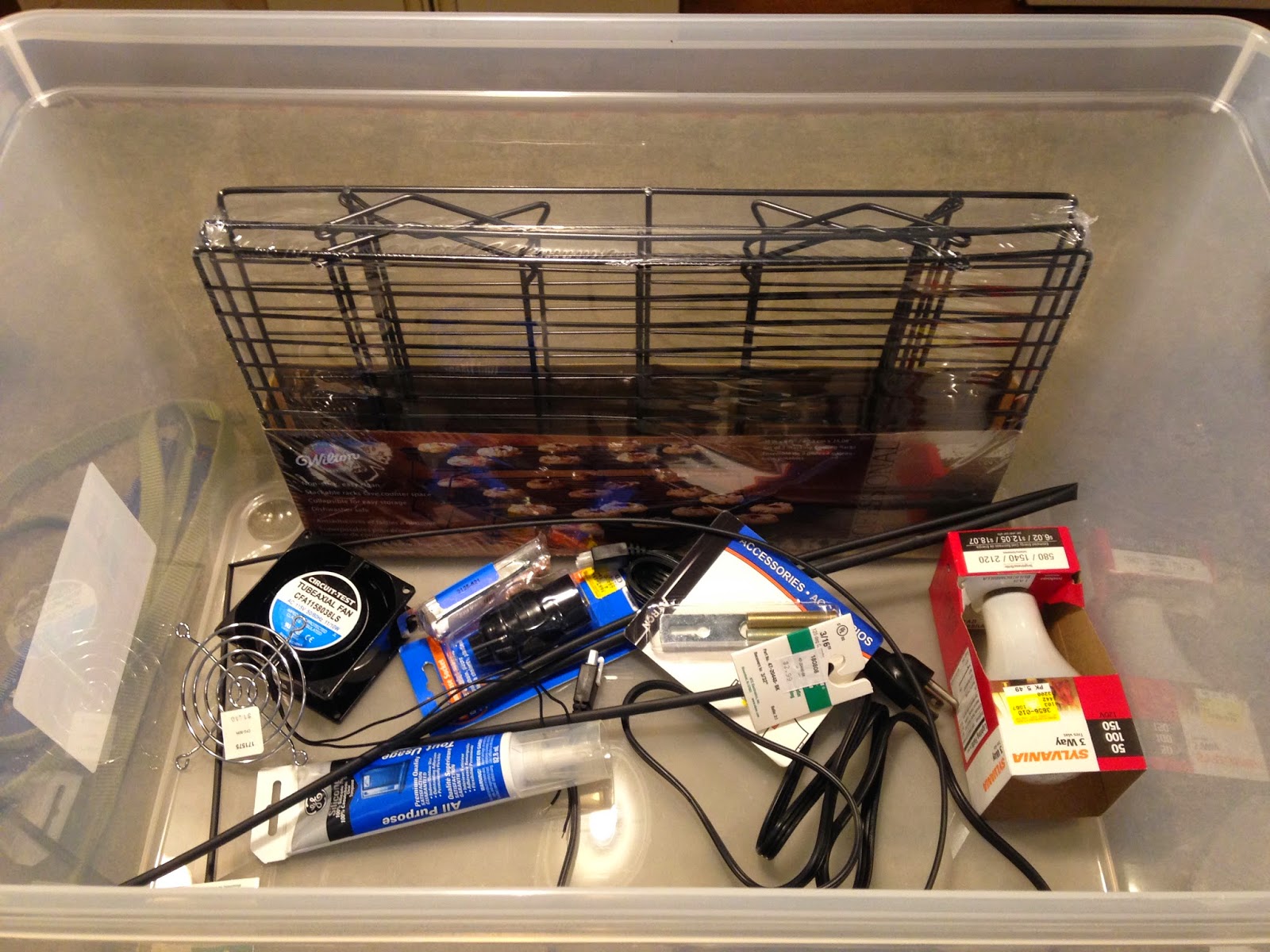I cut the sweet potatoes length-wise each about the sane thickness so they would all dry at relatively the same time. Next I squeezed as many slices of sweet potato as I could onto the racks, making sure they were close but not touching. From there they went straight into the food dehydrator. Finally I plugged it in and waited.
After a good 36 hours of waiting, the sweet potatoes were finally dried, and ready to be gifted to my dog. She loved them!
All in all I would consider this project to be a success. I mean I did create my own food dehydrator that actually works! As of areas of improvement, I would try to cut down the drying time. To do this I would probably try getting a higher power lightbulb (since I used a 250V bulb in this project and my own food dehydrator had a 550V light). If that didn't work I could always try a higher powered fan as well. If worse came to worse I could get a smaller container, but that would be much more of a hassle hassle since I adjusted this container a lot to fit the lightbulb and fan.
I overall really enjoyed this project because I took a big risk, and I think it really paid off, I learned a lot about how food dehydrators work, and I now have a great tool that will help me more in future Outdoor Trips.









